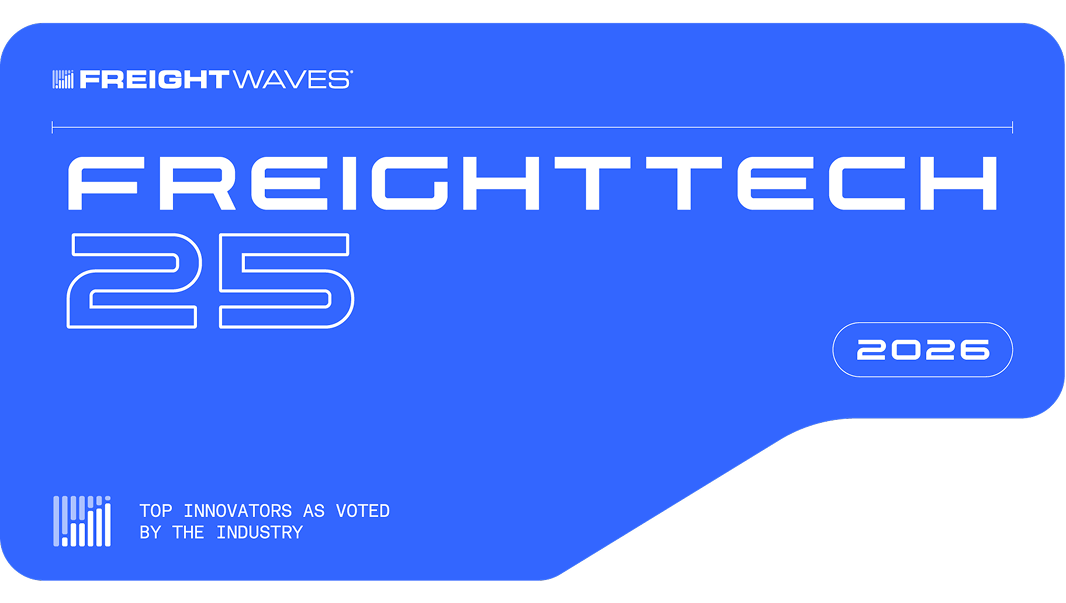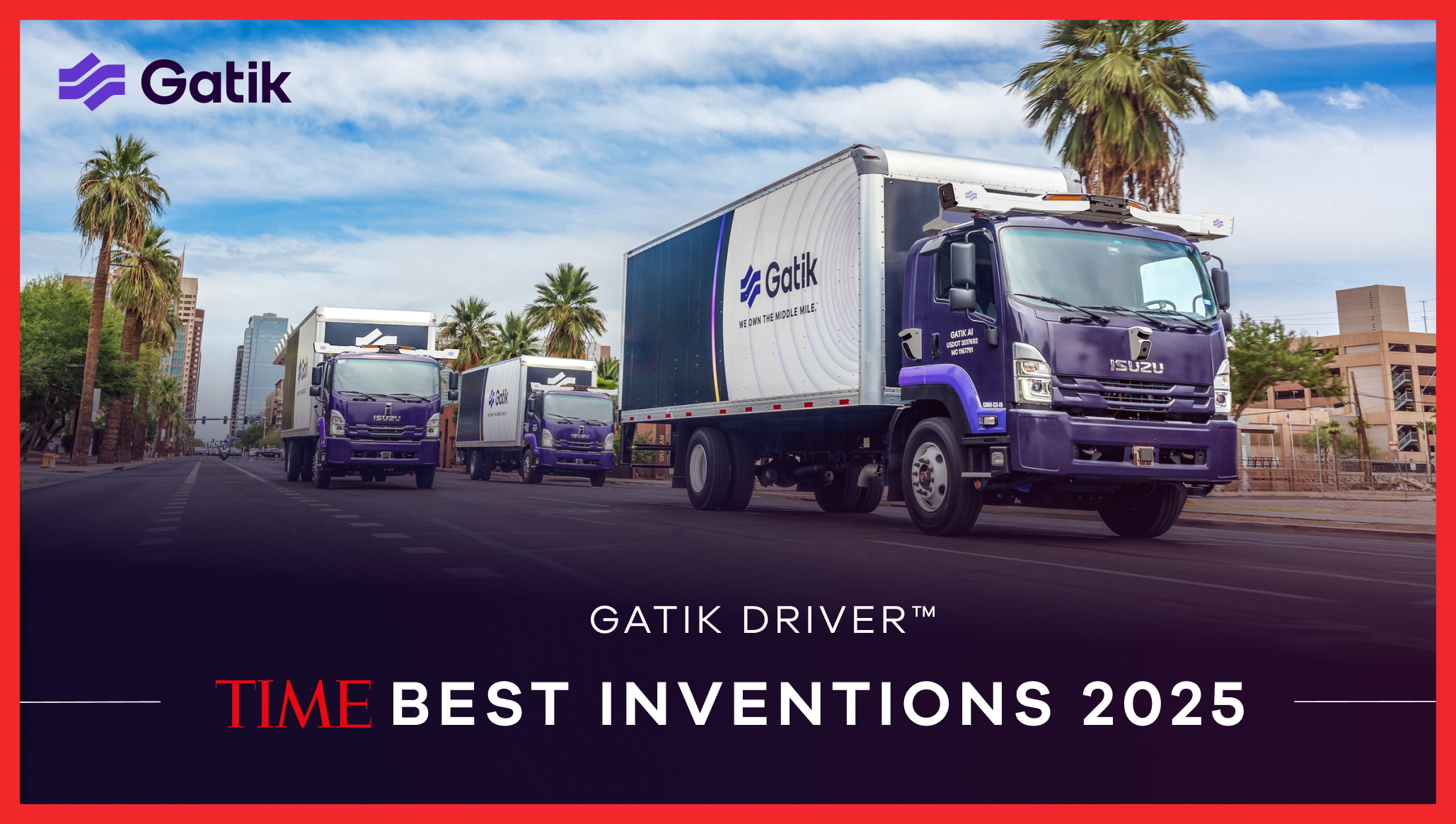
Loblaw Commissions Third-Party Safety Review Endorsing Gatik’s Autonomous Technology for Fully Driverless Operations
TORONTO, ON – October 5, 2022 – Gatik, the market leader in autonomous middle mile logistics, today revealed details of an extensive third-party safety assessment undertaken prior to deploying the first ever fully driverless commercial operations in Canada. The safety assessment was commissioned by Canada’s leading food and pharmacy retailer, Loblaw Companies Limited (TSX: L, “Loblaw”).
“Safety is at the heart of everything we do at Gatik,” said Gautam Narang, CEO and co-founder, Gatik. “We integrate safety into all facets of our business, from initial concept to commercial deployment. It spans every level of our technology, processes and operations, and resides deep in the cultural make-up of the company. We were very pleased to participate in the extensive safety review, and strongly encourage this level of scrutiny becoming standard across our industry.”
Gatik operates its network of autonomous box trucks across several cities, both in the US and Canada. This includes fully driverless operations at two sites and autonomous operations with safety drivers in 5 markets. At present, the autonomous vehicle (AV) industry awaits the implementation of common standards to evaluate and confirm the safety & security of AV systems before they are rolled out for broader adoption. Today’s announcement underlines Gatik’s commitment to providing transparency and clarity on the company’s systems engineering approach to the safe development and deployment of its autonomous fleet.
The exhaustive three-month assessment of Gatik’s technology was designed to evaluate safety and security prior to the launch of Gatik’s fully driverless commercial delivery service with Loblaw. A team of third-party experts was deployed to create and execute a framework for evaluation of Gatik’s end-to-end technology solution covering the landscape of standards from ISO/SAE and NHTSA including security standards NIST Framework, SAE J3061, ISO/SAE 21434 and UNECE R155. The assessment included a rigorous suite of system as well as component level tests, the successful completion of which provided clear and comprehensive validation that Gatik’s fully driverless technology is acceptably safe to operate on public roads.
The assessment first examined Gatik’s technology solution, subsystems and their functions, development & deployment practices as well as standards & regulatory compliance. The assessment confirmed the following Autonomous Driving System (ADS) requirements have been met by Gatik:
Under the assessment, Gatik’s system underwent testing which included: evaluation of the end-to-end technology solution, development & deployment processes, standards & regulatory compliance, risk assessment & evaluation of control measures as well as physical component, subsystem and vehicle level testing. The physical testing of these vehicles on Gatik’s closed courses included fault injection & several edge case tests – for example degrading & injecting fault on sensor data, GPS jamming/spoofing to disrupt navigation, disabling brakes or sending incorrect acceleration commands with objects in front. This also included overriding RADAR and LIDAR data representing false empty road situations to the system, while having real objects in front of the truck mimic sensor failures or malicious hacking. The results confirmed Gatik’s autonomous technology does not create an unreasonable risk to the safety of other road users.
“Canada is on the cusp of enormous potential in the driverless commercial delivery space, a space that’s being led by Loblaw,” said Vivek Khindria, Senior Vice President Cyber Security, Networks and Technology Risk. “We commissioned a third-party independent assessment to validate the security and safety of Gatik’s autonomous system, and are pleased with the results.”
“Safety is not achieved by any one factor, but by the combination of best-practices, multiple layers of system redundancy, cutting edge techniques, exhaustive validation, sound engineering judgment and continually building upon our proven record of delivering exceptional results,” said Apeksha Kumavat, co-founder and Chief Engineer at Gatik. “We embraced the opportunity for our system to undergo a stringent review process and validate our technology ahead of commencing fully driverless operations with the country’s largest retailer.”
Gatik’s failsafe approach to fully driverless operations is built upon the company’s foundational Operational Design Domain (ODD) framework which aims to provide a structure to define the capabilities of the autonomous stack at any given point, and connect those capabilities to the routes and operating areas. This enables Gatik to deploy, test & validate targeted releases incrementally, enabling the structured expansion of ODDs for fully driverless operations in a predictable and value-driven manner. This in turn enables Gatik to deploy on a given route that has been safety validated while developing additional functional capabilities on other routes, paving the way for continued commercial expansion of Gatik’s fully driverless operations.
About Gatik
Gatik AI Inc., the leader in autonomous middle-mile logistics, is revolutionizing B2B supply chains by enabling safe, consistent, high-frequency freight movement. Gatik’s AI-Driven Autonomy is transforming short-haul logistics for Fortune 500 retailers, and in 2021 the company launched the world’s first driverless commercial transportation service with Walmart. Gatik’s medium-duty autonomous trucks are commercially deployed in multiple markets including Texas, Arkansas, Arizona, and Ontario. Gatik partners with industry leaders including Isuzu Motors, NVIDIA, Cummins, Ryder, and Goodyear. Founded in 2017 by veterans of the autonomous technology industry, the company has offices in Mountain View, Dallas-Fort Worth, Phoenix and Toronto.
Safe Harbor Statement
This article or press release contains forward-looking statements, including but not limited to, statements regarding future business strategies, plans, objectives, and anticipated performance. These forward-looking statements are based on the current expectations and beliefs of Gatik and are subject to various risks, uncertainties, and assumptions that could cause actual results to differ materially from those expressed or implied in such statements.
Factors that could impact these forward-looking statements include, but are not limited to, changes in market conditions, economic factors, competitive dynamics, regulatory developments, and unforeseen operational challenges. Gatik undertakes no obligation to update or revise any forward-looking statements to reflect new information, future events, or otherwise, except as required by law.
Readers are cautioned not to place undue reliance on these forward-looking statements, which speak only as of the date of this release.


